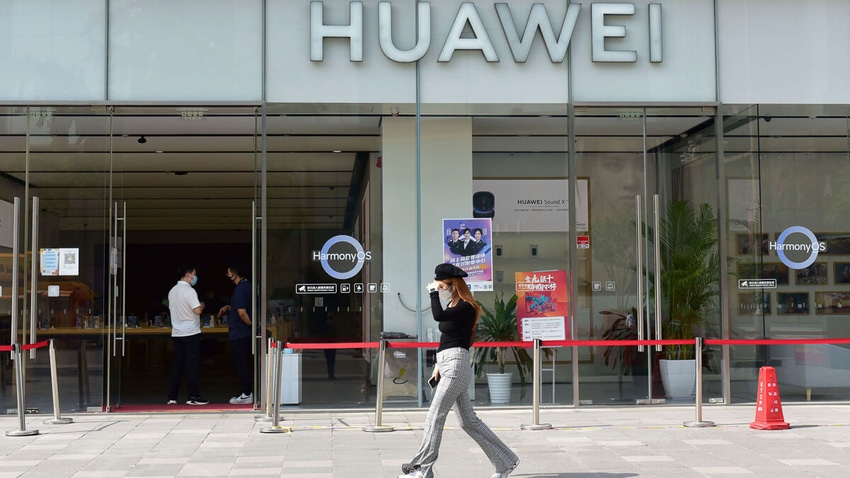US plays whack-a-mole as China tips billions into chip schemes

It's been three months since Huawei startled the world by dropping an advanced new phone built with Chinese-made chips, successfully defying US sanctions aimed at containing China's tech progress.
For Huawei and China, the Mate 60 was a heroic triumph, made sweeter by the stunned US reaction, and while the Commerce Department has since further tightened exports, it is unclear what impact that will have.
However, the manufacture of the Kirin 9000S chip that powers the new phone is just one part of team China's ambitious chip development plans. According to new reporting this week from Bloomberg and the Financial Times (paywall applies to both), Huawei is right at the center of those plans.
National and local government support for the company has reached "unprecedented levels," the result of a direct order from the top of government, Bloomberg says.
It reports that a Shenzhen city government investment fund is backing a network of local companies, such as optical and chip equipment firms, aimed at helping Huawei build an indigenous chip capability.
According to another Bloomberg report (paywall applies), the company has received $30 billion in funding to build its own chip fabs, while around the country Chinese governments at multiple levels spent $291 billion on chip-related investments in 2021-22.
SMIC stockpiling
A key part of the Mate 60 breakthrough has been Huawei's relationship with SMIC, China's biggest chip fab.
It was only with Huawei's help the SMIC was able to turn the 9000S design into a manufactured product. "Huawei engineers can be seen everywhere in SMIC's Shanghai plant," one insider told the FT.
For its part, SMIC had been stockpiling foreign chip equipment for years and was able to build the new chip using 7nm technology on ASML-supplied deep ultraviolet (DUV) machines that it had acquired.
DUV is a less efficient and more costly process than the latest generation extreme ultraviolet (EUV) tech that is banned from China. Little is known about the actual yields of the production process, but most likely the additional production costs have been borne by the Chinese state, FT said.
Because of that funding, SMIC should be able to step up to mass production. As it happens, the Mate 60 series phones are currently unobtainable in China, mainly because of their huge popularity. Analysts are predicting at least 40 million Mate 60 phones to ship next year.
What next? Most analysts seem to think that using the equipment available to them, Huawei and SMIC will be able to progress from 7nm to 5nm – but beyond that could be difficult, especially if the export bans prevent SMIC from replacing the equipment it has stockpiled.
'Loose licensing policy'
But a good deal depends on how the export controls are defined and enforced.
Doug Fuller, an Associate Professor at the Copenhagen Business School, writes that the Commerce Department had applied "a very loose licensing policy" for US firms under the supposedly strict rules introduced in October 2022.
The revised export controls issued on October 17 are theoretically even tighter but, says Fuller, one expert described them to him privately as "a hot mess."
"Given the number of remaining loopholes," he wrote, "it is not difficult to imagine a scenario in which the U.S. tolerates a fair amount of gray channel activity making use of the loopholes."
Read more about:
AsiaAbout the Author(s)
You May Also Like












